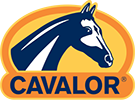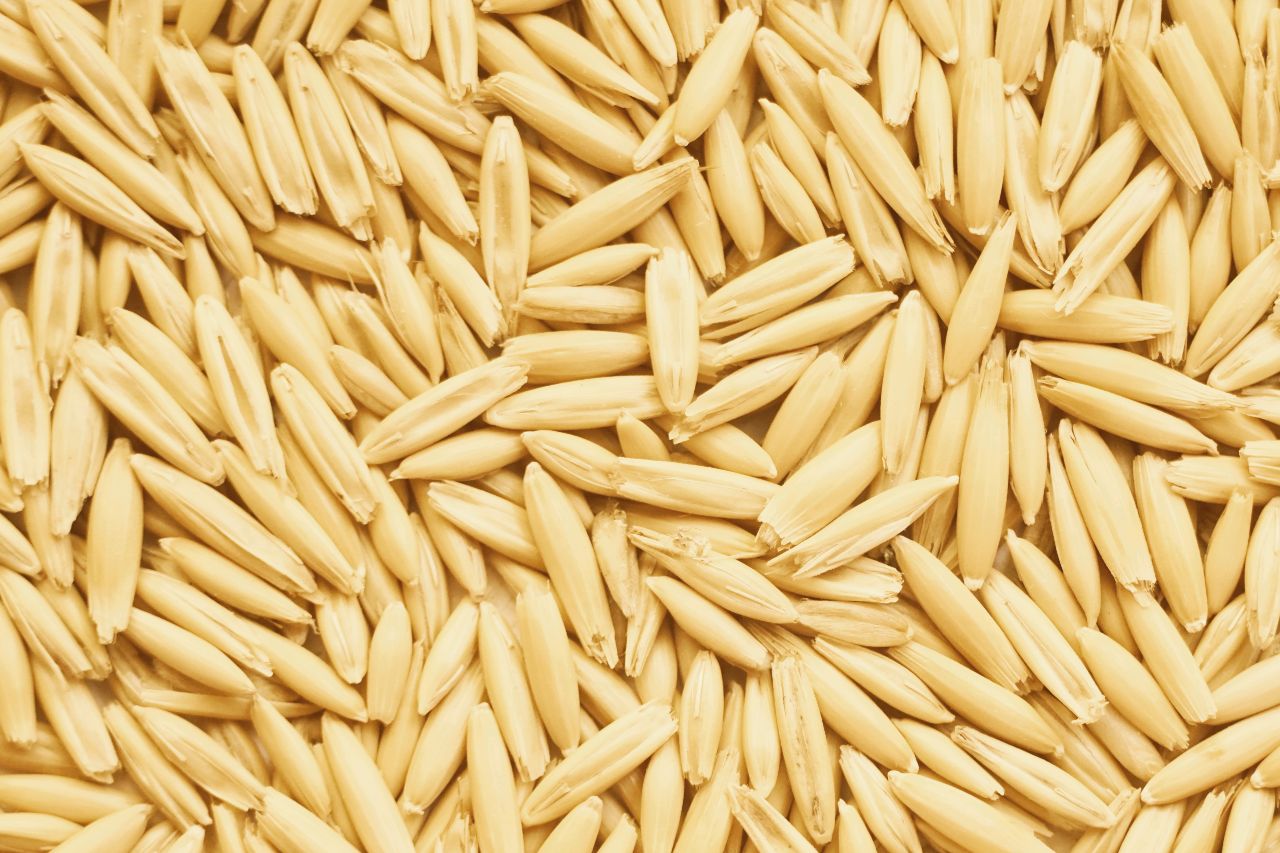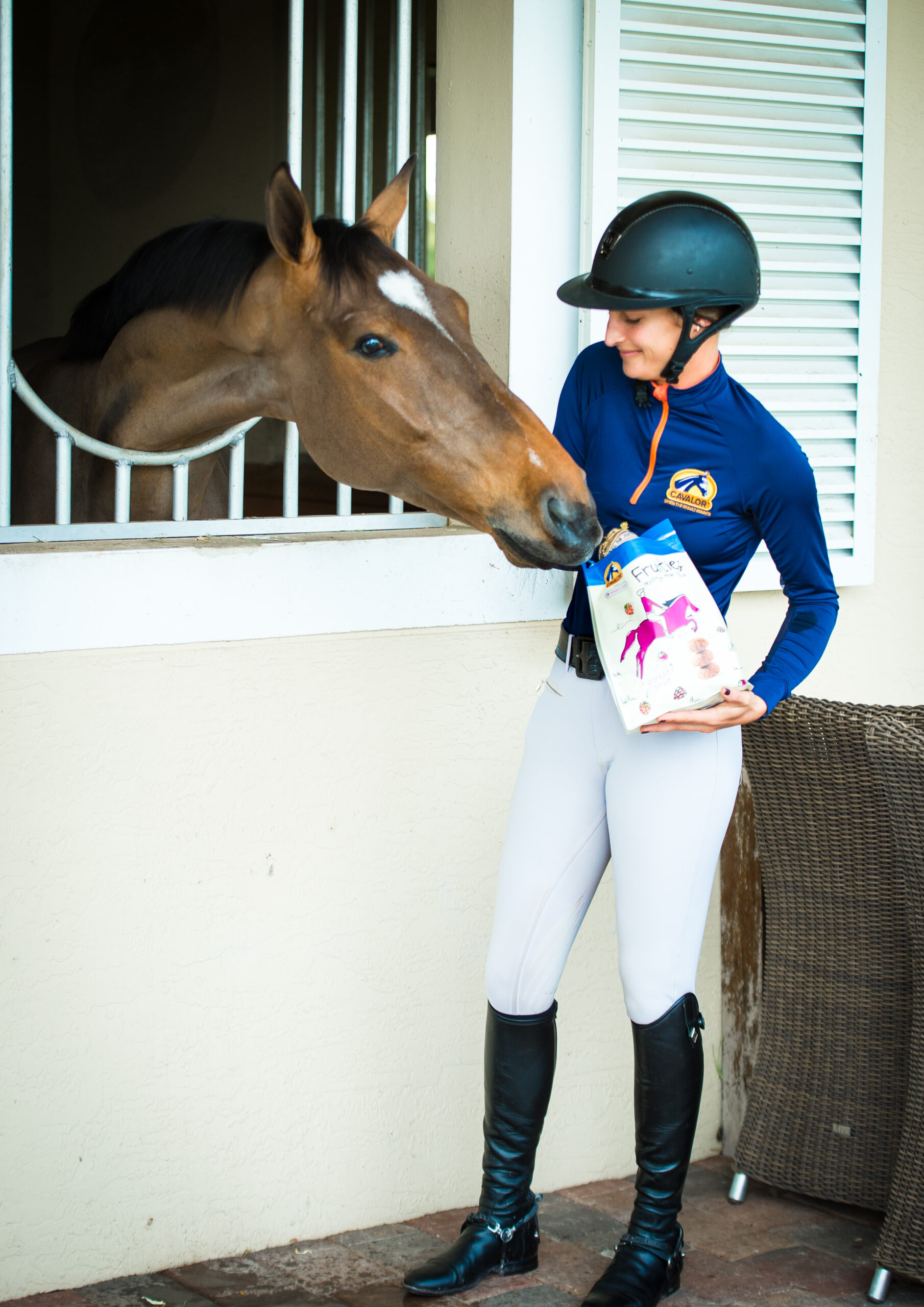MYTH
Oats are only a safe and effective source of energy, especially for performance horses, if part of a balanced and varied diet and best slightly crushed.
Cereals are widely fed to horses due to their high carbohydrate content and fibrous properties, however, grains such as corn (maize) and barley contain starch that is particularly difficult to digest. Puffing corn and barley significantly improves digestibility, making the starch safer, highly digestible and reducing risk of Colic.
Oats on the other hand are highly digestible in a more natural state. Oats should be fed lightly crushed, not heat treated. The crushing process means that the husk is slightly broken to allow amylase (the digestive enzyme responsible for breaking starch down to release glucose for ATP or energy production via the Krebs Cycle during aerobic respiration) to act on the starch within the oats. The husk is then optimally retained within the feed for fibrous bulk – fibre is important for slowing down the digestive process, allowing slower and sustained energy release.
If oats were to be fed completely untreated with the husk intact, it would not be possible for all oat grains to be broken down by the horse’s teeth in the chewing process. These uncrushed oat grains would not be digestible in the Small Intestine and would then pass through undigested to the Large Intestine. When this happens, potential risk factors can occur, such as changes to the pH (acidity) and the balance of the microbiome. These changes can increase risk of Colic, and lead to increased gut permeability, where food particles pass through the gut lining into the bloodstream, which can cause an inflammatory/immune response – this then impairs optimum health (for example Laminitis) and therefore performance. In this lightly crushed form, oats are 80% digestible, removing the need to puff the grain as with other cereals (like Corn and Barley), but this crushing process is crucial to the digestibility and safety of oats as an energy source.


